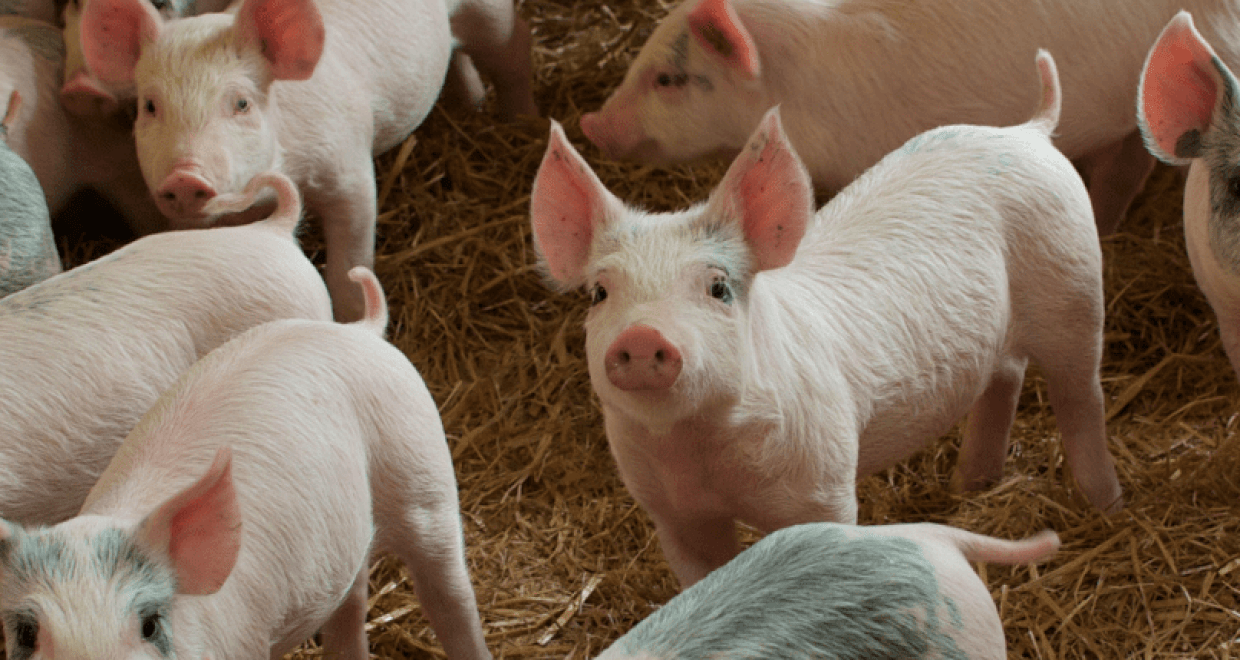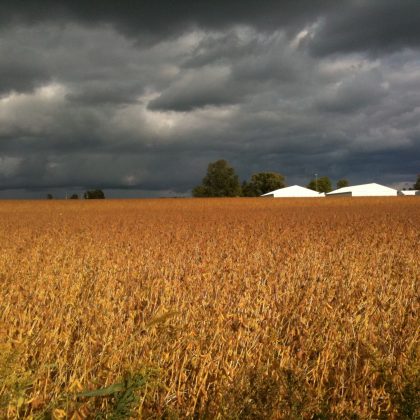Mitigation of nitrogen pollution in rivers using aerobic biological denitrification
The paper “Aerobic ammonia removal with heterotrophic nitrification and denitrification of Alcaligenes faecalis strain No.4 to mitigate nitrogenous pollution caused by piggery wastewater: a feasibility study”, published in The Journal of Agricultural Science, has been chosen as the latest Editorial Highlight and is freely available to download for one month.
The abrupt expansion of population in recent years has been driven by synthetic nitrogen fertilizers that fix atmospheric nitrogen using the Haber-Bosch process. The increase in global greenhouse gases due to anthropogenic sources is attributed to this increased use of synthetic ammoniacal nitrogen as chemical fertilizers. In addition, the chemical transformation of stable paired nitrogen in the atmosphere into ammonia and urea as nitrogen fertilizers causes nitrification and denitrification in the soil, hydrosphere, and atmosphere, resulting in uncontrolled reactive nitrogen compounds. Improper management of livestock wastewater causes eutrophication due to the high strength of ammonium nitrogen, and also causes high concentrations of nitrate to be accumulated in the hydrosphere and nitrous oxide to be emitted into the atmosphere as intermediates of the polluting nitrogen deposited during nitrification and denitrification. It is therefore necessary to control the conversion of this reactive nitrogen at the ammonia stage.

The characteristics of pH, DO and liquid temperature was surveyed in wastewater discharged from a piggery along a tributary of the Yangtze River in a suburb of Shanghai, China. The wastewater quality of the effluent from the piggery was pH 8.44, DO 0.28 mg/l, liquid temperature 9.5°C, CODcr 2160 mg/l, BOD 1020 mg/l, NH4+-N 1100 mg/l, and total organic acids 1000 mg/l. Annual changes in river water quality (water temperature, pH, DO, and EC) in the study area showed that the entire river water in the study area was already polluted by piggery effluents in areas with a high concentration of large and small-scale piggeries.
In this paper, the ammonia removal capacity of the heterotrophic bacterium Alcaligenes faecalis strain No. 4, isolated from sewage sludge, was evaluated in a batch operation to mitigate ammonia from actual piggery effluents and thus prevent pollution by the inflow of piggery effluents adjacent to the river. To confirm the effectiveness of ammonia removal with heterotrophic nitrification and aerobic denitrification by Alcaligenes faecalis strain No 4, three different culture tests were conducted under different conditions. The results showed that the highest ammonium removal rate was 0.97 kg N/m3/day, more than 100 times higher than that using conventional aerobic nitrification and anaerobic denitrification The results of the three culture tests suggest that a one-step aerobic system was suggested to be practical. In other words, this heterotrophic organism can proliferate when supplied with sufficient oxygen and organic acids in piggery effluent as the main carbon source. The system may have the ability to remove ammonia from piggery effluent with high efficiency and prevent water pollution of adjacent rivers.
The Journal of Agricultural Science Editorial Highlights are selected by the Editor-in-Chief and are freely available for one month. View the recent selections here.






